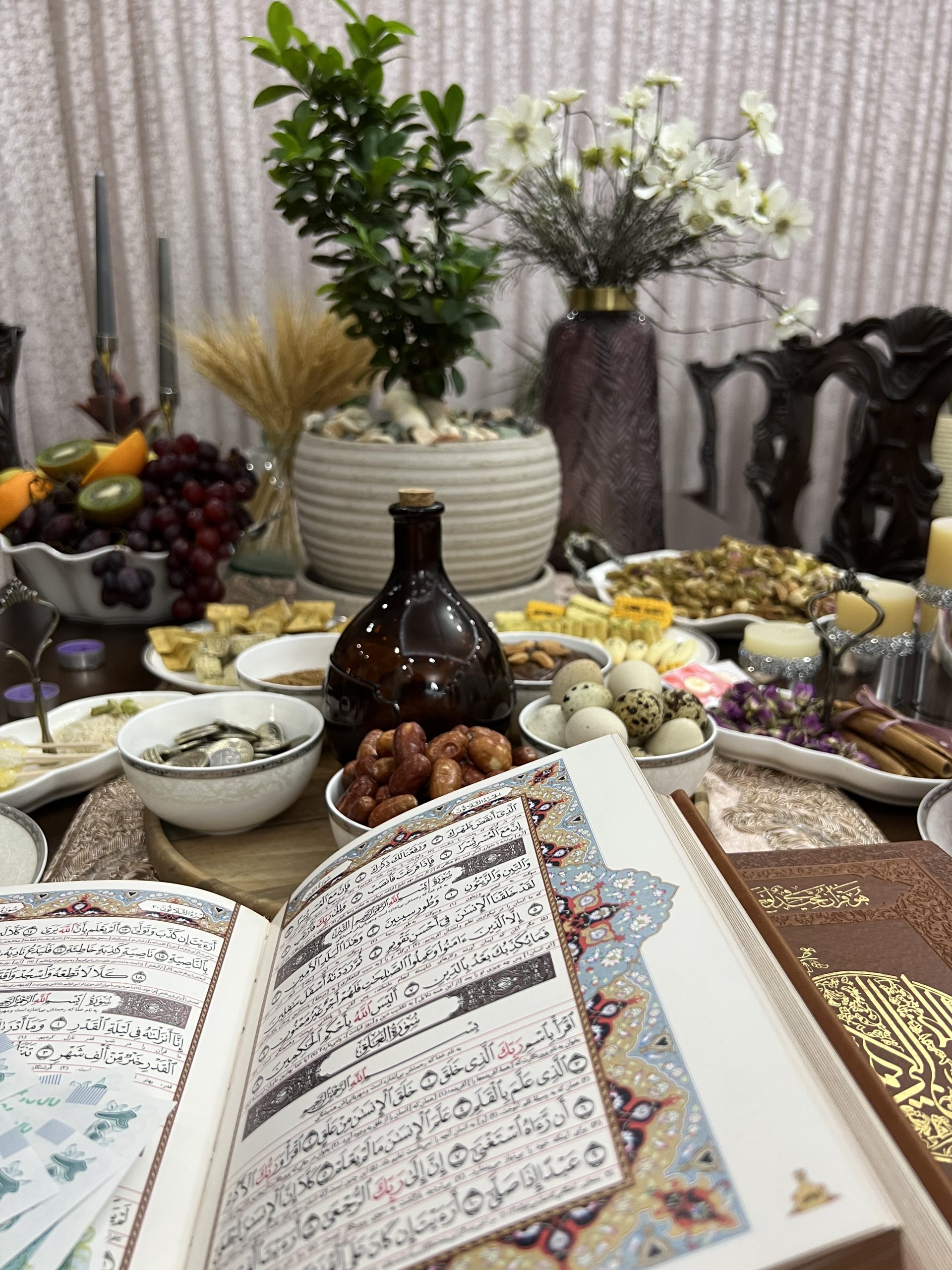Millions of people around the world are celebrating Nowruz, the Persian New Year.
Nowruz which literally means “New Day” in Persian, is on the first day of Spring (usually March 21st) by more than 300 million people in countries spanning the Balkans, the Black Sea Basin, the Caucasus, Central Asia, and the Middle East.
Originating in Iran – the cradle of civilization – some 3000 years ago, Nowruz started as a Zoroastrian tradition but spread to other countries along the Silk Road in the last millennium, incorporating different religious, social, and cultural influences along the way.
Today, it’s a public holiday in Albania, Georgia, Azerbaijan, Kazakhstan, Kosovo, Kyrgyzstan, Tajikistan, Turkmenistan, Uzbekistan, Iraq, Iran, and Afghanistan – where the Taliban banned Nowruz as a pagan custom in 2022 but that has not stopped people from marking the occasion.
Although not a holiday, celebrations also take place in Turkey, India, Pakistan, and amongst the Iranian diaspora in Canada, the United Kingdom, and the United States.
The magnificent seven
One important tradition is setting the Nowruz table up a few days prior with the haftseens – or the seven seens.
The haftseen is an arrangement of seven symbolic food items whose names start with the letter “س” (read: “seen”); “س” is the 15th letter in the Persian alphabet, denoting the alphabet ‘s’ sounds, while “haft” means “seven” in Persian. In the past, people used to place the haftseen items on a tablecloth or a mantel called a “Sofreh”. The Sofreh Haftseen is kept for at least two weeks after Nowruz.
So, what are the seven haftseens of Nowruz?
1. Sabzeh

The first seen is Sabzeh (wheat/barley grass but could also be replaced by lentil sprouts). Sabzeh symbolizes rebirth and regrowth. At the end of the festivities, the Sabzeh which has been allowed to grow for more than two weeks is taken to a source of running water, tied in knots, and allowed to float away, carrying your hopes and expectations from the coming year along.
2. Samanu
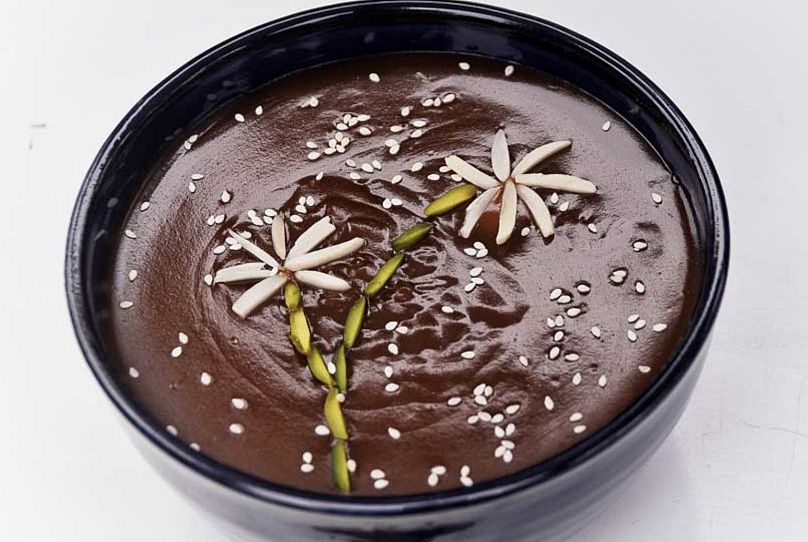
Samanu is a sweet Persian pudding made from germinated wheat and wheat flour and cooked in a large pot called a Kazan. The wheat is soaked in water and prepared for days while the final cooking requires stirring from evening until daybreak. Traditionally, in Afghanistan and Uzbekistan, women would circle around the Kazan while the Samanu (or Samanak in Central Asia) is being cooked, singing songs and taking turns to stir. As a final ritual, whole walnuts are thrown in while making wishes on them. The next morning, the bowls of Samanu are distributed among neighbors while a small portion is kept as a haftseen. The Samanu symbolizes sweetness and fertility for Nowruz.
3. Senjed
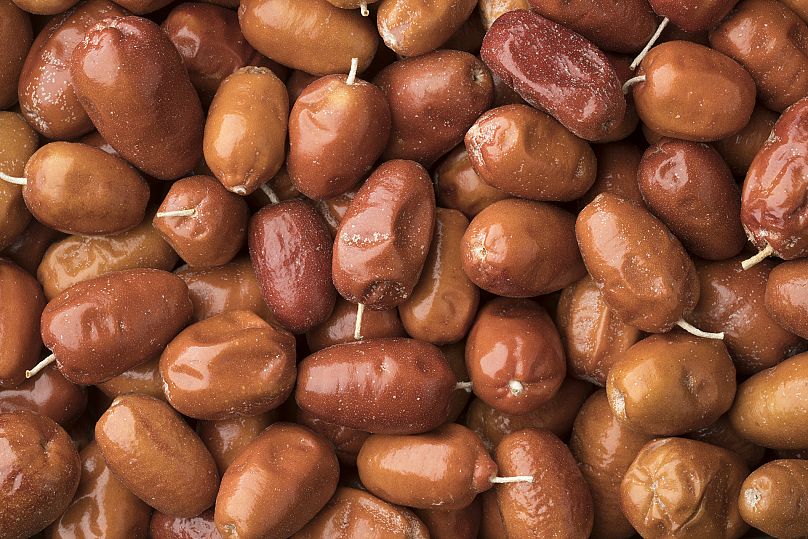
Senjed comprises fruits or dried leaves of the Oleaster plant, also known as the Russian olive or the Silver Berry. It is indigenous to Western and Central Asia. In traditional Iranian medicine, Senjed was used to control bleeding and accelerate the healing process, but at the haftseen altar, these fruits symbolize love.
4. Seer
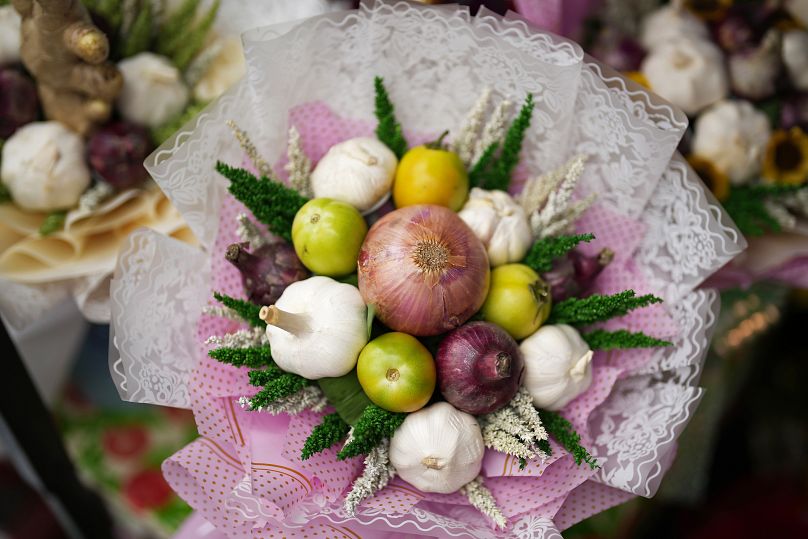
Seer (garlic) symbolizes medicine and health, one of the expectations for the new year.
5. Seeb
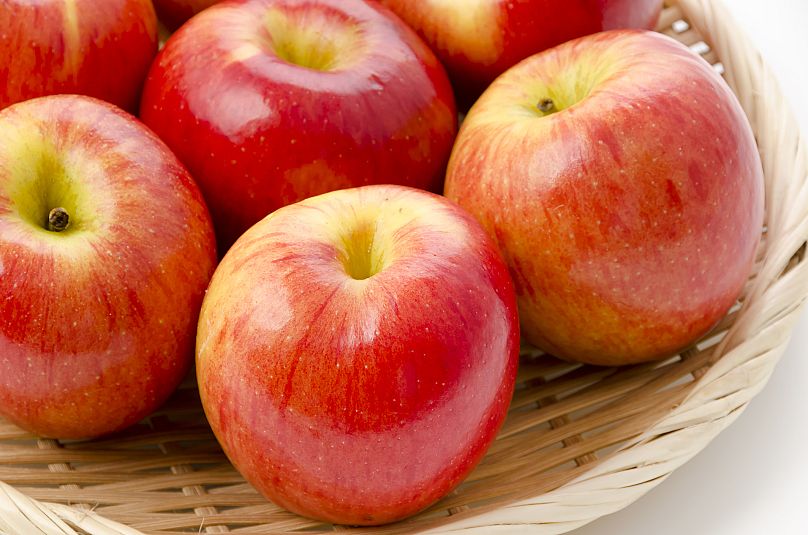
Seeb (apple) symbolizes beauty and health, another hope for the new year.
6. Somagh
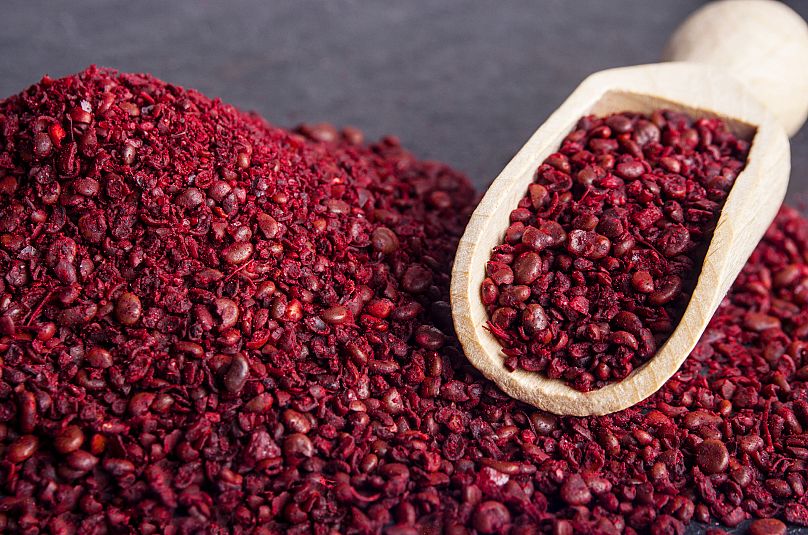
Somagh (sumac) is a dark red powder harvested from berries of the Sumac plant which is indigenous to Iran, North Africa, and some parts of the Middle east such as Yemen. A popular seasoning in Middle Eastern cuisine that adds a lemon-like flavour to food, at the Haftseen altar, sumac symbolizes the sunrise and new beginnings.
7. Serkeh
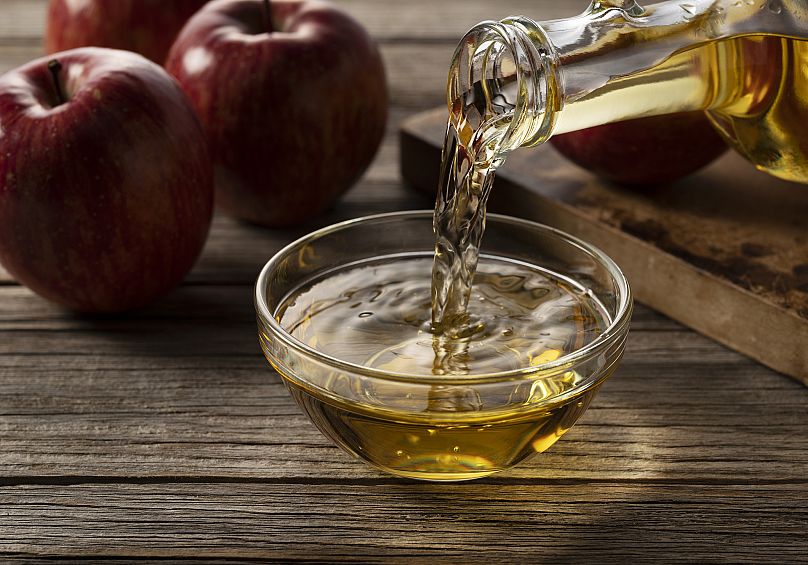
Serkeh (vinegar) symbolizes age and patience. According to some sources, Sharab (wine) was one of the seven components of the haftseenaltar but after the Muslim conquest of Persia, it was replaced by Serkeh (vinegar) as drinking wine is not permissible in Islam.
Additionally, some people may add more items to the Sofreh Haftseen: Sekkeh (coins), symbolizing wealth and prosperity for the coming year; Sonbol (hyacinth flower), denoting spring, and the subsequent renewal of nature; Shirini (other types of sweets) to symbolize happiness and joy; Tokhm-e-Murgh (painted eggs), symbolizing fertility; candles to symbolize light and happiness; a mirror to signify self-reflection; and a book of wisdom such as the Quran (religious book for Muslims) or the Shahnameh of Ferdousi (a long epic poem recounting the history of the Persian empire) to represent spirituality, wisdom, and faith.

